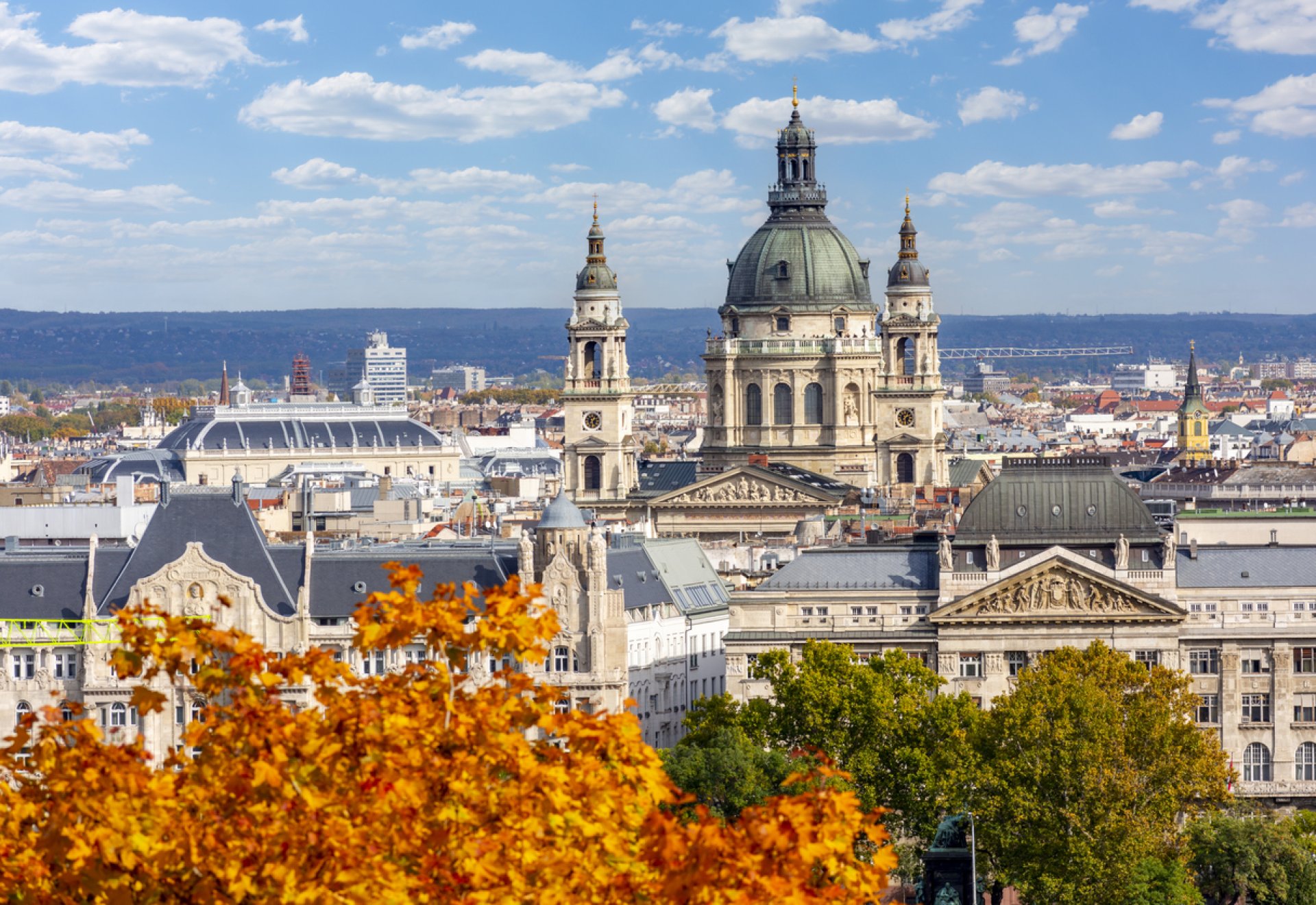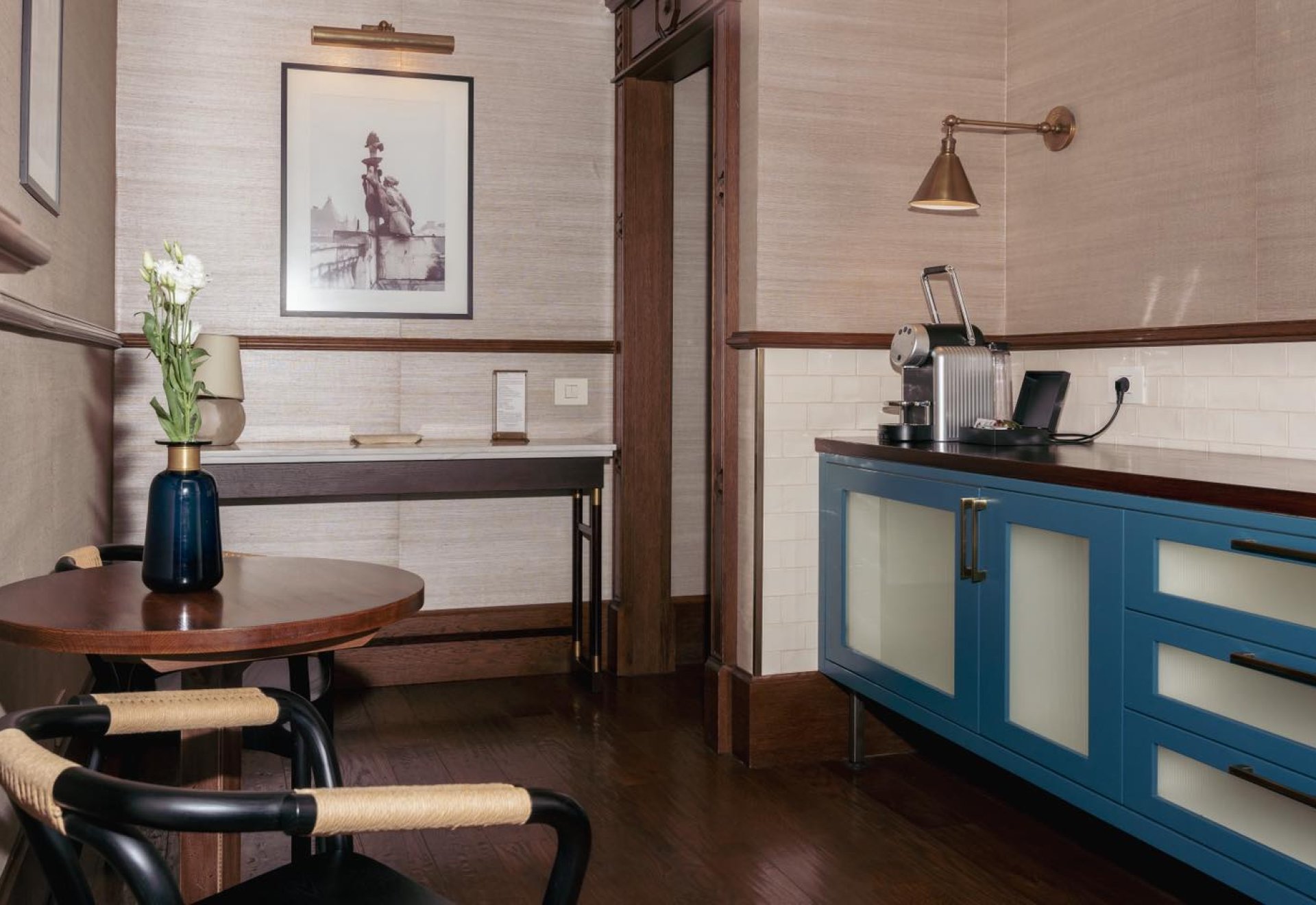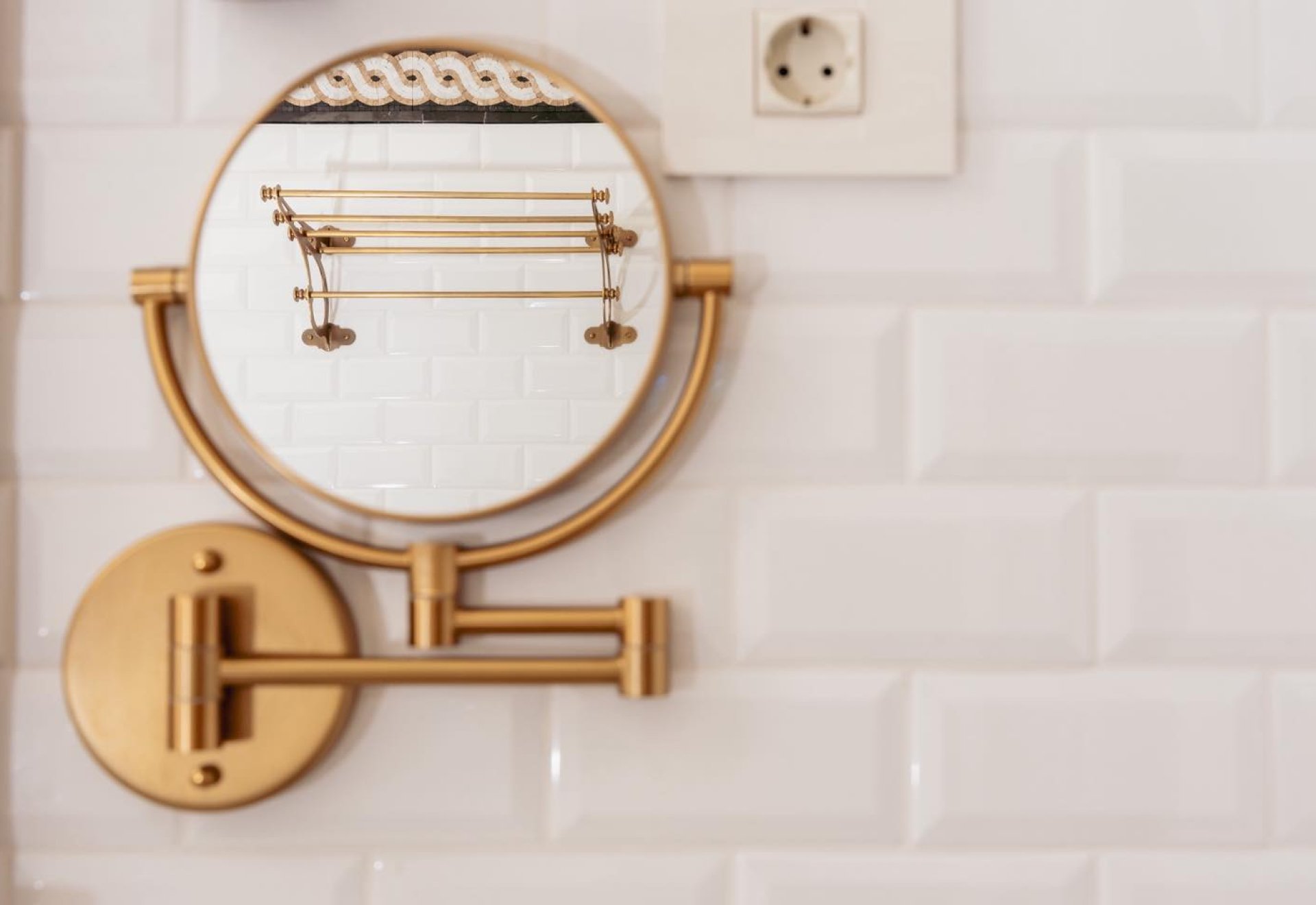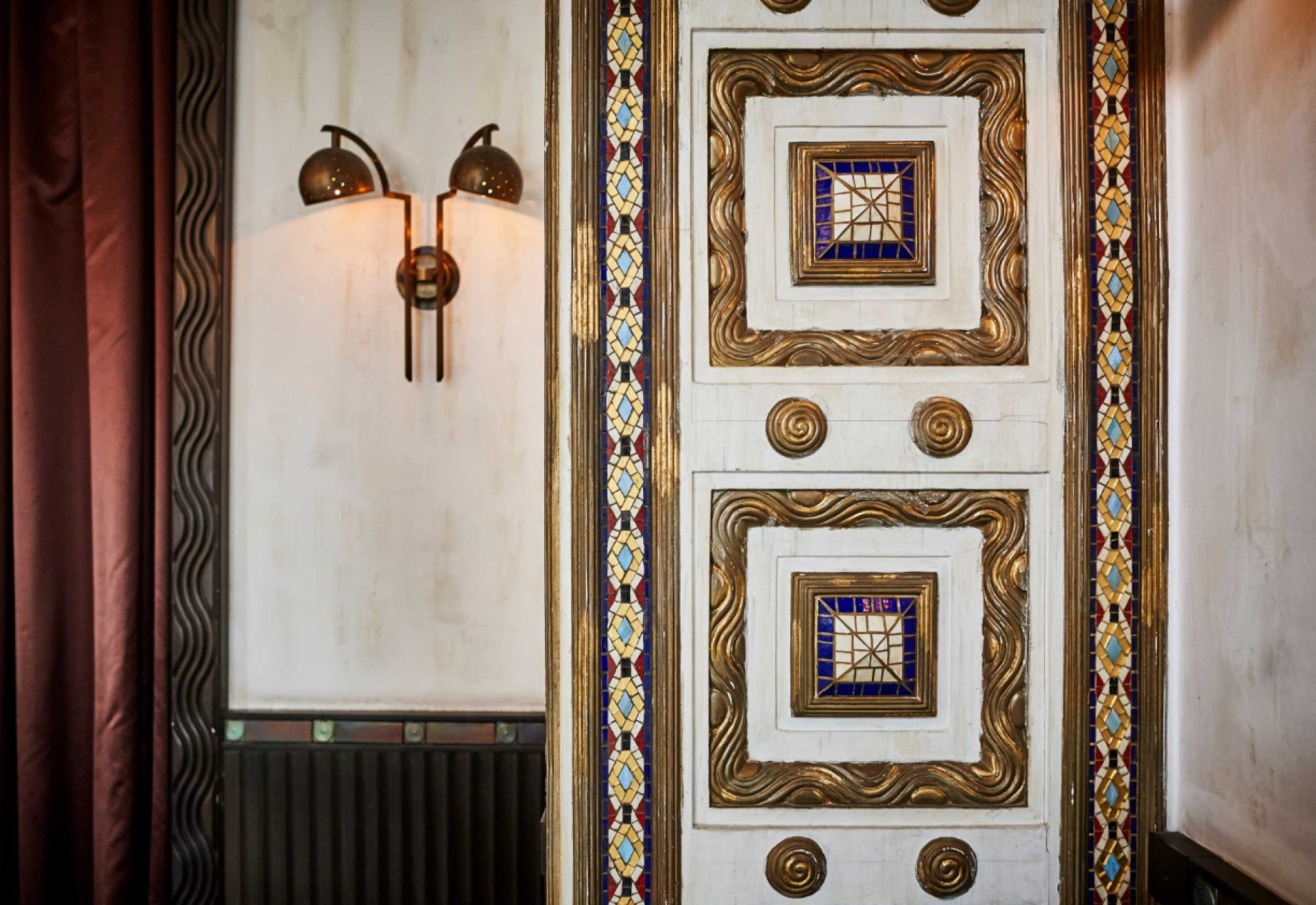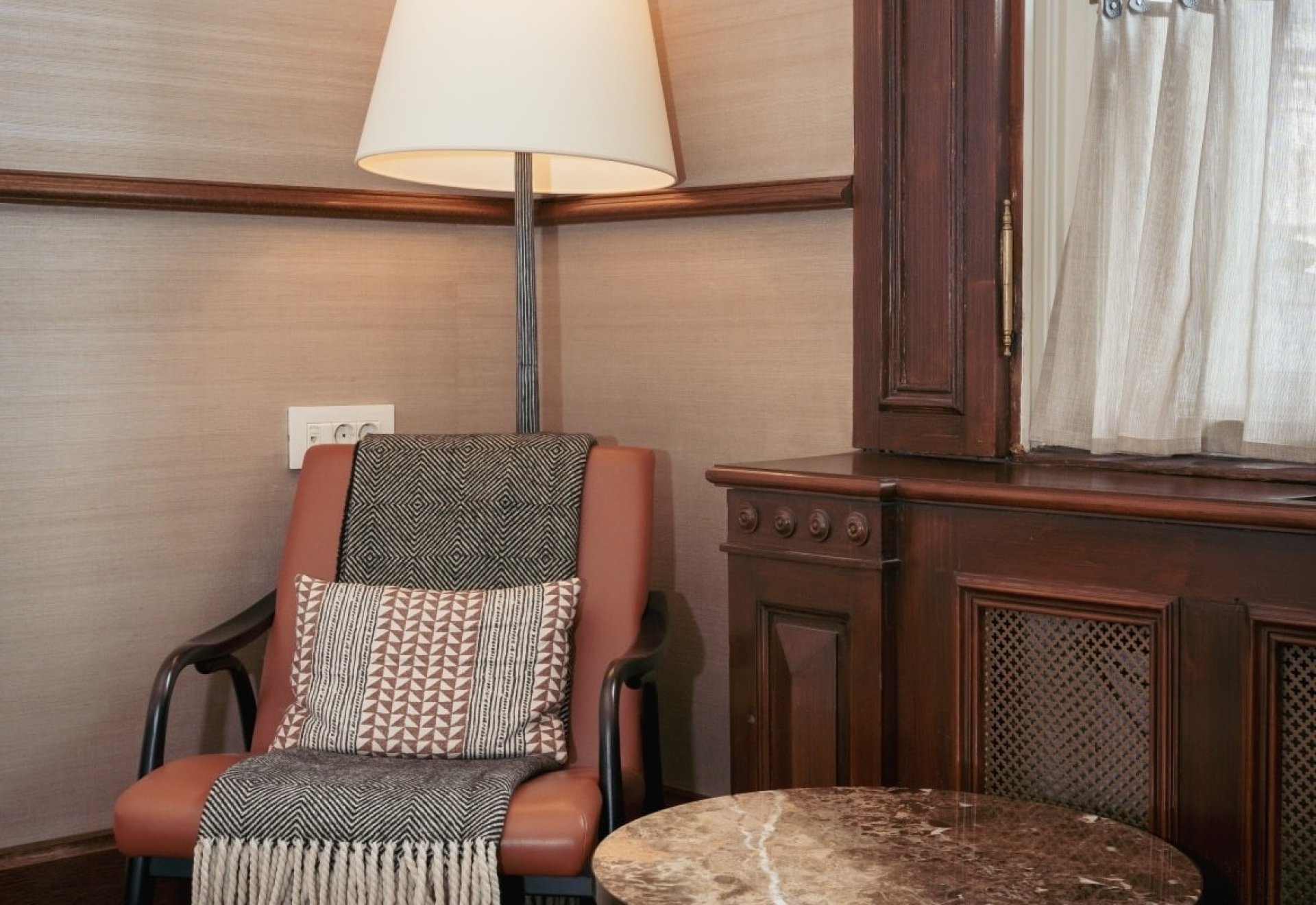History of the Opera House: 5+1 interesting facts about the Opera
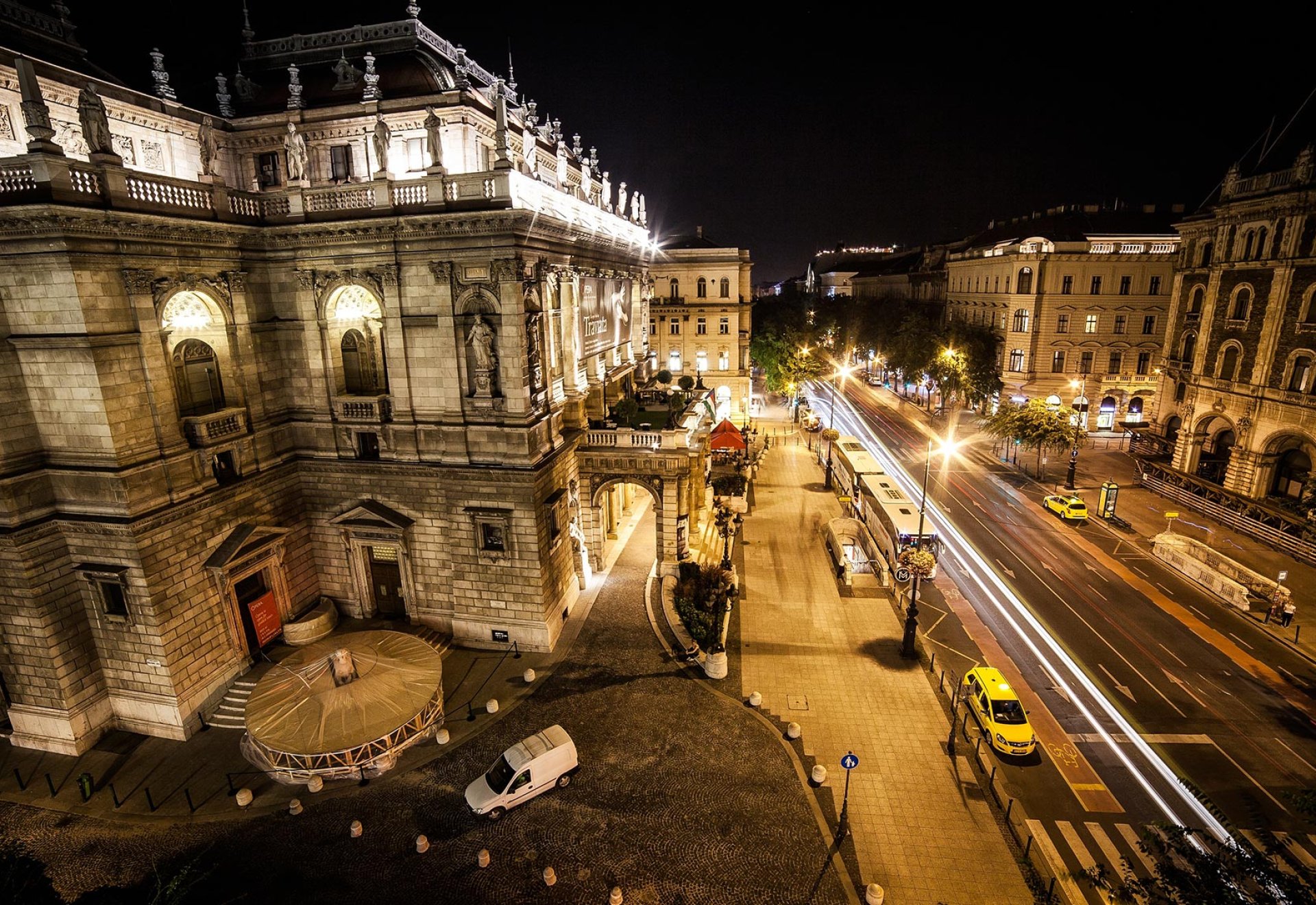
1. History of the Opera House: who dreamed it up?
The name of the designer of the Hungarian State Opera, Miklós Ybl, is intertwined with shaping Budapest's image. When designing the building, Ybl used state-of-the-art acoustic solutions that provide an unparalleled musical experience to this day. The architect wanted not only functionality, but also to impress visitors with the richness and elegance of the building.2. History of the Opera House and the challenges of construction
The construction of the Opera House did not go smoothly. The planned opening was in 1884, but several technical and financial obstacles hindered the works. Despite these challenges, Miklós Ybl and his team were able to meet the deadline and the final result undoubtedly spoke for itself.Knew? In the history of the Opera House, many interesting things and secrets are hidden, perhaps one of the most special of them is the relationship of Queen Elizabeth - the beloved former queen of the Hungarians - with the institution, better known as Sisi. Sisi's favorite place was the proscenium box on the left side of the stage, which hid part of the stage from her, but for the Queen, this position was an advantage. Sitting here, everyone could see him clearly, which was an important aspect for him, since his appearance had always attracted great interest.
3. History of the Opera House: the golden age
The Opera House experienced its golden age in the 1890s, when world-famous artists such as Gustav Mahler, who served as the institution's music director from 1888 to 1891, performed on its stage. Under Mahler's direction, the Opera House's repertoire expanded significantly, and the quality of the programmes also increased, which helped consolidate the institution's international reputation.4. The effects of World War II on the Opera House
During World War II, the Budapest Opera House building suffered significant damage. One grenade pierced the roof and auditorium ceiling, right next to the famous Lotz painting, while another exploded inside the proscenium box. Further damage was inflicted on the rear staircase and roof of Dalszínház Street, and even the statue of Franz Liszt in front of the theatre was damaged when its head was removed by a grenade. After such damage to the building, a major renovation became necessary after the end of the war, during which the Opera House not only regained its functionality, but also tried to restore the splendor of the original building dreamed up by Miklós Ybl, while adapting it to the requirements of the modern age. The Opera House reopened on 15 May 1945.5. The Opera House and the modern era
In the 21st century, the Opera House has also introduced technological advancements to continue serving audiences at the highest level. These include modernizing stage technology and improving the acoustic system, which will make performances even more impressive.+1: The Callas House, next to the Opera House
One year after the construction of the Opera House, in 1885, the construction of the neighbouring Callas House began, which today operates as a boutique hotel and its Callas Café &; Restaurant. This building was not only significant in its time, but it is still significant today, as it is considered a national and historical architectural monument.The Callas House and Café offers a special experience not only for the guests of the hotel and restaurant, but also for visitors to the Opera House, who can relax in an elegant environment after a longer performance or sightseeing.

